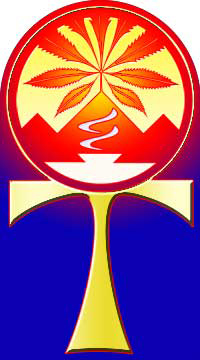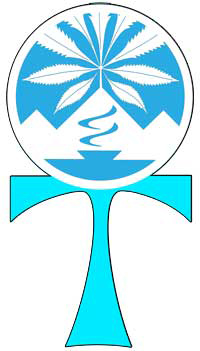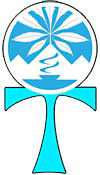Elizabeth Bathory
Elizabeth Bathory is a perfect example of how Christians make up false charges and hold fake trials in order to seize the property of innocent humans, especially powerful and independent women.

portrait painted in 1585 and stolen in the 1990s
Elizabeth Bathory (Erzsébet Báthory in her native language) was born in 1560, the second child of George (Gyorgy) and Anna Báthory. Her family was one of the richest and most powerful in Transylvania. She grew up on the Báthory estate at Ecsed in Transylvania. She spent much of her adult life at the Castle Cachtrice, near the town of Vishine in the current day Slovak Republic.
Elizabeth Báthory grew up in a time when the Hapsburg Austrian armies were fighting the Ottoman Empire over much of what is present day Hungary.
In 1571 her cousin Stephen became the Prince of Transylvania and in 1581 he became the king of Poland .

Nadasdy family crest |
In 1571 eleven-year-old Elizabeth was engaged to marry 16-year-old Count Ferencz Nadasdy. On May 8, 1575, Elizabeth married Count Ferencz Nadasdy. Her family sided with the Protestants against the Roman Catholic Church.
After her husband’s death on January 4, 1604, Elizabeth moved to Vienna. She also spent time at the family estates in Blindoc (Beckov) and Csejthe, both in modern Slovakia. Anna Darvulia, later accused of Witchcraft, started working for Elizabeth.
For years Countess Báthory kept pestering King Matthias II of Hungary repay the debt of 17,408 gulden owed her late husband. She sold her castle at Theben in 1607 and her castle at Blindoc in 1610.
In 1610 Imre Megyery (Megyery the Red) presented a formal complaint before the Hungarian Parliament. An inquiry was conducted.
On December 29, 1610, the Hungarian King Matthias II ordered Lord Palatine, Elizabeth’s cousin Count Cuyorgy Thurzo and governor of the province, to raid Castle Csejthe and place Elizabeth under house arrest. The official charge was Witchcraft on the false claim that Elizabeth had killed more than 600 women to drain their blood. Supposedly the Countess had bathed in the blood to keep her youthful and beautiful appearance.
A trial was conducted a few days later by Count Thurzo, an agent for the king. No testimony was presented to support any of the charges. There is no independent contemporary evidence of any kind that Elizabeth Báthory engaged in any of these activities.
A second trial was held on January 7, 1611, at Bitscse. This time a mysterious register was introduced that supposedly was a list of 650 names of victims in Elizabeth Báthory’s own handwriting (even though the handwriting didn't match any of her other handwriting).
The first trial was held in Hugarian and the second trial was held in Latin. The purpose was not just conviction, but also confiscation of her extensive land holdings.
After being tortured, Elizabeth’s manservant Thorko claimed to have introduced the Countess to the occult.
Supposed accomplices, all testifying after extremes of Christian torture, included János Ujvary, Thorko, a forest witch named Anna Darvula, and a witch named Dorottya Szentes. The suuposed accomplices were beheaded and cremated.
Despite repeated requests to speak in her own defense, Count Thurzo refused to allow her to appear or testufy at her trial, claiming that allowing her to testify in her own defense would disgrace the Báthory family name.
Transcripts of the trial were sealed on orders from King Matthias II. A hundred years later a Jesuit priest named Laszlo Turoczy located copies of the original trial documents and gathered additional evidence.
Elizabeth Báthory was sentenced to be sealed into a room in Castle Cachtice without widnows or doors and only a small opening for food and air. She died three years later on August 21, 1614.
The real reason for the trial was to steal her lands and cancel debts owed to her. After the trial, the crown seized the ample lands she owned and cancelled the debt from when the crown had borrowed large sums of money from her husband.
Even to this day, seizing property of accused Witches is a central and vital part of the DEA’s Cannabis Witch Hunt.




